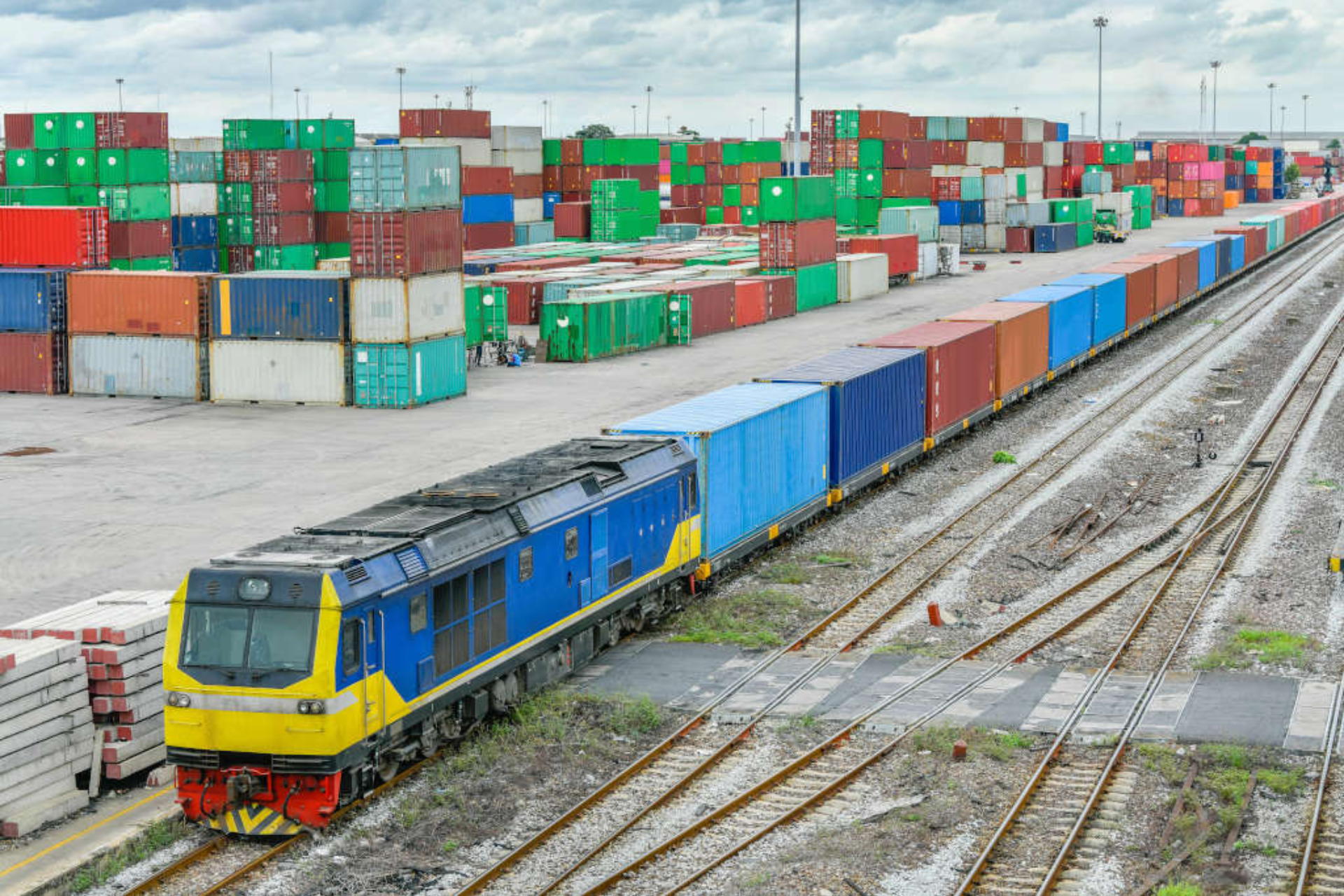By María José Gamba
Global logistics faces one of its most challenging moments in recent decades. Drought limiting transit through the Panama Canal, combined with instability in the Red Sea, has caused delays, higher costs, and route diversions. In this context, Mexico is emerging as a strategic player with a project gaining increasing attention: the “Dry Panama Canal”, an interoceanic corridor connecting the Pacific and the Atlantic through the Isthmus of Tehuantepec.
Global Shipping Crisis
The Panama Canal, one of the world’s most important trade arteries, has had to limit vessel traffic due to low water levels caused by drought. Simultaneously, conflicts in the Red Sea have reduced shipping security and increased transportation costs. As a result, shipping companies are seeking alternative routes to maintain uninterrupted supply chains.
Mexico as a Strategic Alternative
The Mexican government promotes the Isthmus of Tehuantepec Interoceanic Corridor (CIIT), popularly known as the “Dry Panama Canal.” The project includes modernizing railways between the ports of Salina Cruz (Oaxaca) and Coatzacoalcos (Veracruz), as well as developing road infrastructure, industrial zones, and logistics services.
The corridor aims to offer an efficient route for transporting goods between the Pacific and Atlantic oceans without using the Panama Canal. High-capacity freight trains could significantly reduce container transit times, making the Mexican isthmus a key hub for international trade.
Impact on Trade and Logistics
If fully implemented, the project could revolutionize logistics in the Americas. Exporters and importers would have a faster, safer, and more diversified route. Moreover, Mexico could attract foreign investment from companies looking to secure their supply chains in the face of global uncertainty.
The Isthmus region, historically marginalized, would also benefit from job creation and industrial development. Experts predict that the Dry Panama Canal could become a regional growth engine, similar to the impact of the Panama Canal in Central America.
Americas Forwarding: Your Strategic Logistics Partner
In this evolving scenario, Americas Forwarding is well-positioned to help businesses maximize opportunities. With expertise in multimodal transport, customs management, and tailored logistics solutions, Americas Forwarding can leverage the interoceanic corridor to offer clients faster, more secure, and more competitive routes.
The challenge goes beyond moving goods—it involves designing integrated logistics strategies that optimize costs, reduce delivery times, and meet the growing demand from e-commerce and nearshoring in Mexico. Americas Forwarding provides innovative solutions to ensure supply chains remain uninterrupted, even in times of global change.
Challenges and Perspectives
The project still faces important challenges. Infrastructure modernization must be completed on schedule, and regional security conditions must be maintained. Additionally, competition with other international corridors will demand high standards of efficiency and service quality.
Despite these challenges, the outlook is promising. Pressure on traditional trade routes has accelerated the search for alternatives, and Mexico is well-positioned to become a global logistics bridge.
Conclusion
The Dry Panama Canal is more than a railway project: it represents a strategic opportunity to redefine Mexico’s role in global trade. In an uncertain global environment, the country could become an interoceanic hub providing real solutions to supply chain challenges.
With the expertise of Americas Forwarding, which continually innovates and adapts to new international logistics challenges, Mexico is ready to establish itself as a strategic partner in global goods distribution.
📩 Stay up-to-date on the latest logistics, trade, and transportation trends. Subscribe to the Americas Forwarding newsletter to receive insights, news, and practical tips for optimizing your supply chain.

